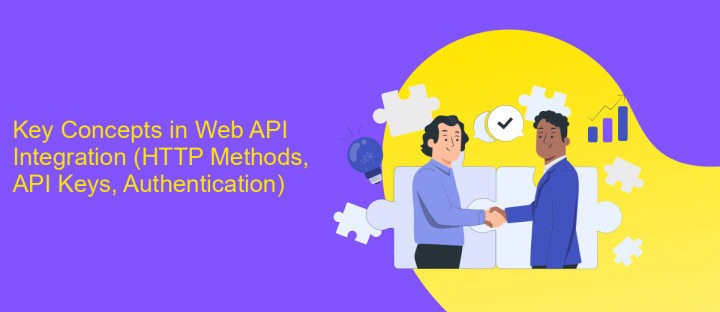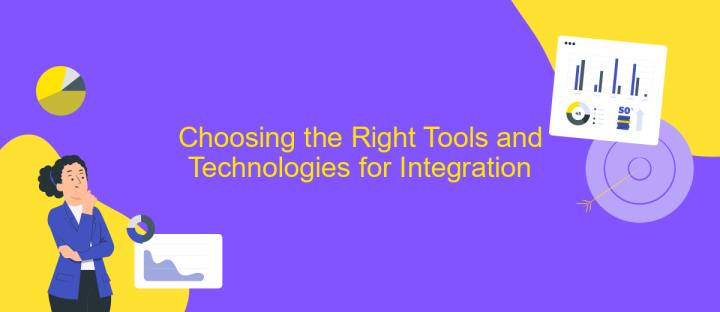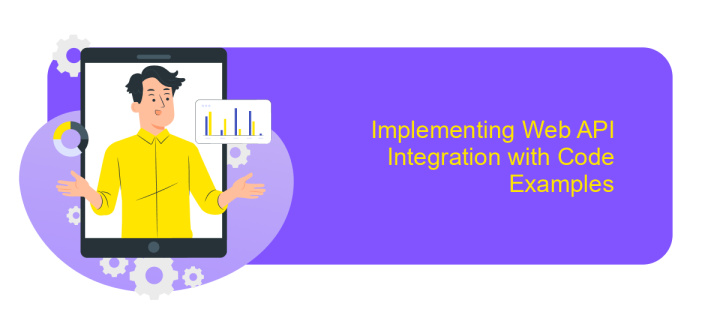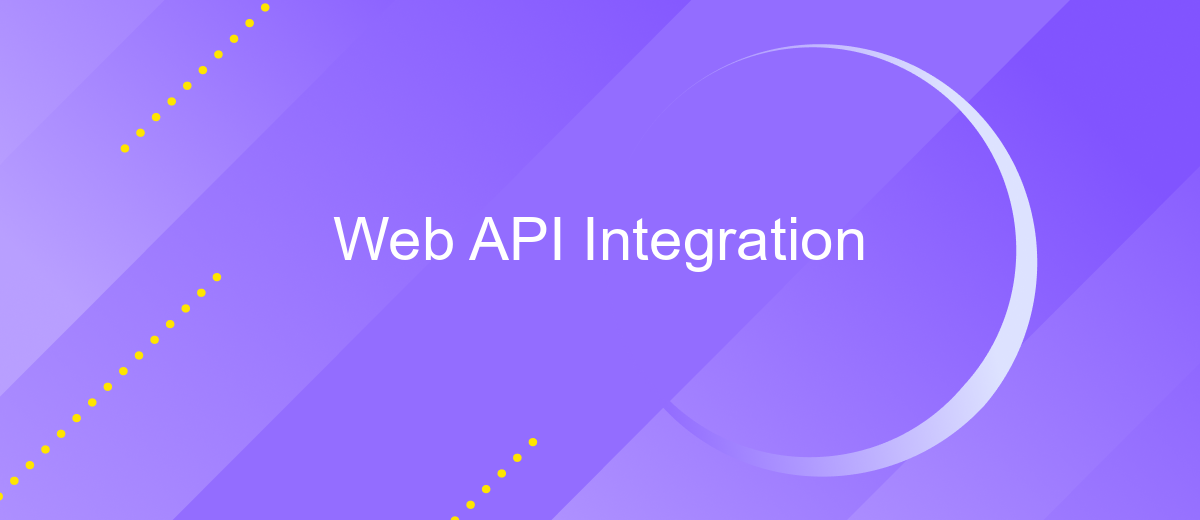Web API Integration
Web API integration is a crucial aspect of modern software development, enabling seamless communication between different applications and services. By leveraging APIs, developers can enhance functionality, streamline processes, and improve user experiences. This article explores the fundamentals of Web API integration, its benefits, and best practices to ensure efficient and secure connections, ultimately empowering businesses to innovate and stay competitive in a rapidly evolving digital landscape.
Understanding Web APIs and their Benefits
Web APIs, or Application Programming Interfaces, are essential tools that allow different software applications to communicate with each other. They serve as a bridge between different systems, enabling seamless data exchange and functionality integration. By using Web APIs, developers can access external services and data, enhancing the capabilities of their applications without having to build everything from scratch.
- Streamlined integration with third-party services
- Improved efficiency and productivity in development
- Enhanced user experiences through additional features
- Scalability and flexibility in application design
- Access to a wide range of data and functionalities
The benefits of Web APIs are numerous. They allow businesses to innovate rapidly by leveraging existing services and data. This not only reduces development time but also lowers costs, as developers can focus on building unique features rather than reinventing the wheel. Furthermore, APIs enable scalability, allowing applications to grow and adapt to changing needs. By embracing Web APIs, companies can enhance their offerings, improve customer satisfaction, and stay competitive in a fast-paced digital landscape.
Key Concepts in Web API Integration (HTTP Methods, API Keys, Authentication)

Web API integration is fundamentally built on HTTP methods, which define the action to be performed on a resource. The most commonly used HTTP methods are GET, POST, PUT, and DELETE. GET requests data from a server, while POST sends new data. PUT updates existing data, and DELETE removes data. Understanding these methods is crucial for effective API communication and data manipulation.
API keys and authentication are vital for secure and authorized access to APIs. An API key is a unique identifier used to authenticate requests, ensuring that the user has permission to access the desired resources. Authentication methods like OAuth provide additional security by allowing users to grant access without sharing passwords. Platforms like ApiX-Drive facilitate seamless integration with various APIs, offering tools to manage API keys and authentication processes efficiently. By using such services, businesses can streamline their API integrations, ensuring secure and reliable data exchange.
Choosing the Right Tools and Technologies for Integration

When embarking on a Web API integration project, selecting the appropriate tools and technologies is crucial for ensuring seamless connectivity and optimal performance. The right choices can streamline development, enhance security, and improve scalability. It's essential to evaluate your specific project needs, including the complexity of the integration, data formats, and security requirements.
- API Management Platforms: Consider platforms like Apigee or AWS API Gateway for managing and monitoring your APIs efficiently.
- Integration Tools: Tools such as Zapier or MuleSoft can simplify the integration process by offering pre-built connectors and workflows.
- Security Protocols: Implement OAuth or JWT for secure authentication and authorization processes.
- Data Transformation: Use tools like Apache Camel for transforming data formats to ensure compatibility between systems.
- Development Frameworks: Choose frameworks like Node.js or Django that align with your team's expertise and project requirements.
By carefully assessing these factors and selecting the appropriate tools and technologies, you can significantly enhance the efficiency and effectiveness of your Web API integration. This strategic approach not only reduces potential risks but also ensures that your integration is robust, secure, and future-proof.
Implementing Web API Integration with Code Examples

Integrating a Web API into your application can greatly enhance its functionality by enabling it to communicate with external services. To start, you'll need to choose a suitable programming language and framework that supports HTTP requests. Popular choices include Python with Flask or Django, and JavaScript with Node.js or Express.
Once you've set up your development environment, the next step is to understand the API's documentation. This includes learning about the available endpoints, required parameters, and authentication methods. Familiarity with JSON format is essential, as most APIs use it for data exchange.
- Install necessary libraries, such as 'axios' for JavaScript or 'requests' for Python.
- Set up authentication, often using API keys or OAuth tokens.
- Make HTTP requests to the desired endpoints using GET, POST, PUT, or DELETE methods.
- Handle responses and errors appropriately to ensure smooth integration.
By following these steps, you can effectively integrate a Web API into your application. Testing is crucial; use tools like Postman to validate requests and responses. This integration not only adds new features but also improves user experience by leveraging external data and services.
- Automate the work of an online store or landing
- Empower through integration
- Don't spend money on programmers and integrators
- Save time by automating routine tasks
Testing, Debugging, and Maintaining API Integrations
Testing API integrations is crucial to ensure seamless data exchange and functionality. Begin by validating API responses against expected results, checking for status codes, and confirming data integrity. Automated testing tools can streamline this process, running predefined test cases to detect inconsistencies. Additionally, consider using tools like Postman for manual testing, which allows you to simulate API requests and analyze responses in real-time. It's also essential to test under various network conditions to assess performance and reliability.
Debugging involves identifying and resolving issues that arise during integration. Use logging and monitoring tools to track API calls and catch errors early. Platforms like ApiX-Drive can facilitate integration by providing a user-friendly interface to connect and manage APIs without extensive coding. Regular maintenance is vital to adapt to API updates and changes. Schedule periodic reviews to update endpoints, refresh authentication tokens, and optimize performance. Staying informed about API provider changes ensures that your integrations remain robust and efficient over time.
FAQ
What is a Web API Integration?
How do I start integrating a Web API?
What are the common authentication methods used in Web APIs?
How can I automate API integrations without coding?
What should I consider when choosing an API for integration?
Routine tasks take a lot of time from employees? Do they burn out, do not have enough working day for the main duties and important things? Do you understand that the only way out of this situation in modern realities is automation? Try Apix-Drive for free and make sure that the online connector in 5 minutes of setting up integration will remove a significant part of the routine from your life and free up time for you and your employees.


